Your jacuzzi has offered ample fun and relaxation throughout summer and early fall. As the weather turns cooler, you might pause your hot tub enjoyment until next spring – unless you relish chilly soaks, which can be equally delightful!
If you intend to close your hot tub for winter, you wouldn’t want a hefty task reopening it later. Proper winterization is crucial. Whether you keep it running for snowy soaks or shut it down, ensure it’s protected, clean, and free of leaves and debris.
Drain or Change the Water
Now is an ideal time to replace the water in the tub if you haven’t done so all summer. Some jacuzzi owners opt to drain, clean, and leave the tub dry for winter. If you anticipate not using the hot tub for an extended period, this is a viable option. Ensure all hoses are not only drained but also blown dry to prevent hidden water from freezing and causing damage. Proper drainage is crucial to avoid maintenance and repair issues.
Invest in a Good Cover
Whether you opt to cover the hot tub year-round or during colder months, safeguarding your investment is essential. A hot tub cover helps maintain consistent temperatures, saving on energy bills, and shields against dirt, debris, and troublesome leaves. Not to mention, the persistent issue: Bugs Bugs Bugs
Clear? Opt for a breathable cover to prevent moisture entrapment, averting mold, mildew, or cracking. Choose a heavier, durable cover for climates with substantial snow and wind. In warmer areas, a sturdy, water-resistant cover will suffice to keep out leaves and bugs while ensuring optimal tub protection.

Monitor Your Water Level
If your hot tub has been inactive for a few weeks, check the water levels to ensure they’re adequate. Insufficient levels may cause the tub’s pump and heater to shut off, leading to frozen water and potential damage or cracking in hoses and the hot tub. Implementing these small preventive measures now can save you money and time in the long run, ensuring your hot tub remains ready and operational when you need it.
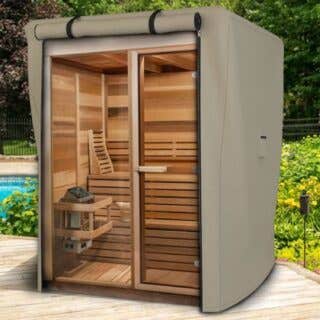

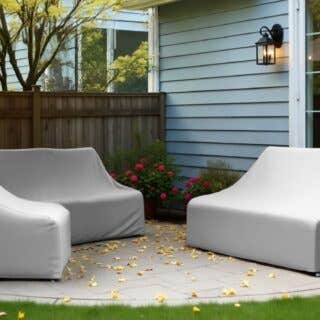



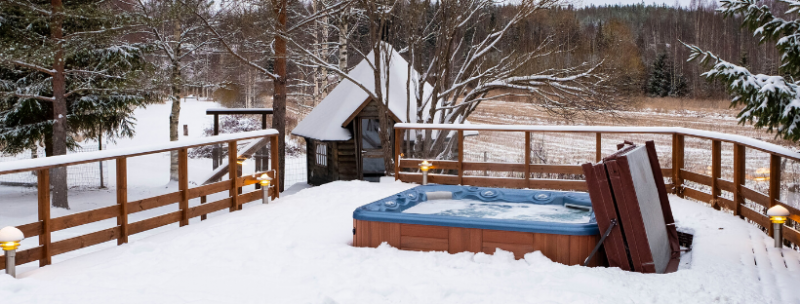
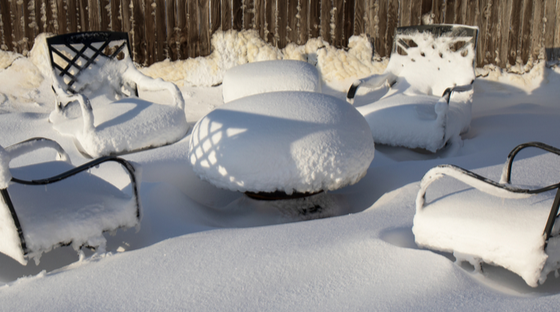
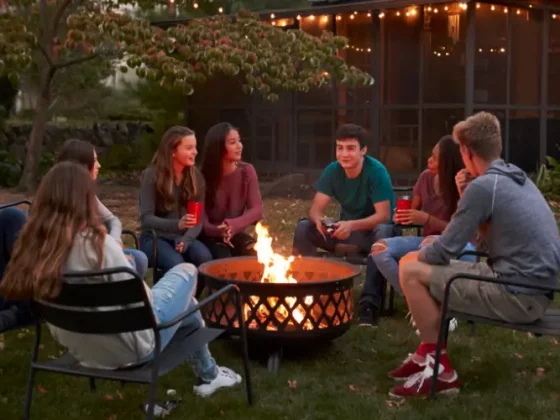
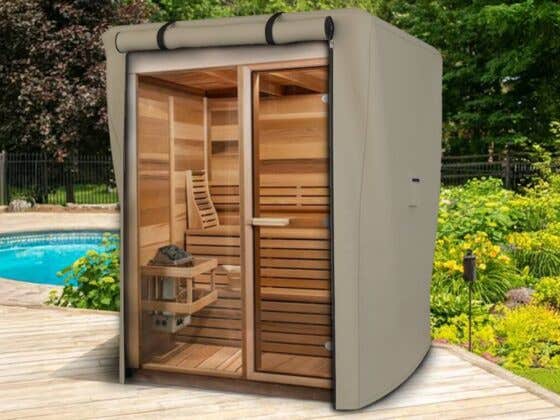


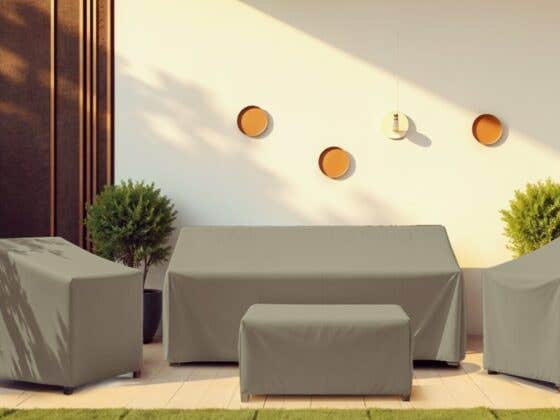

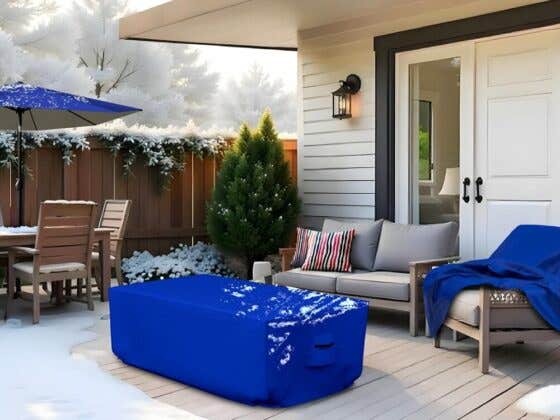


Recent Comments